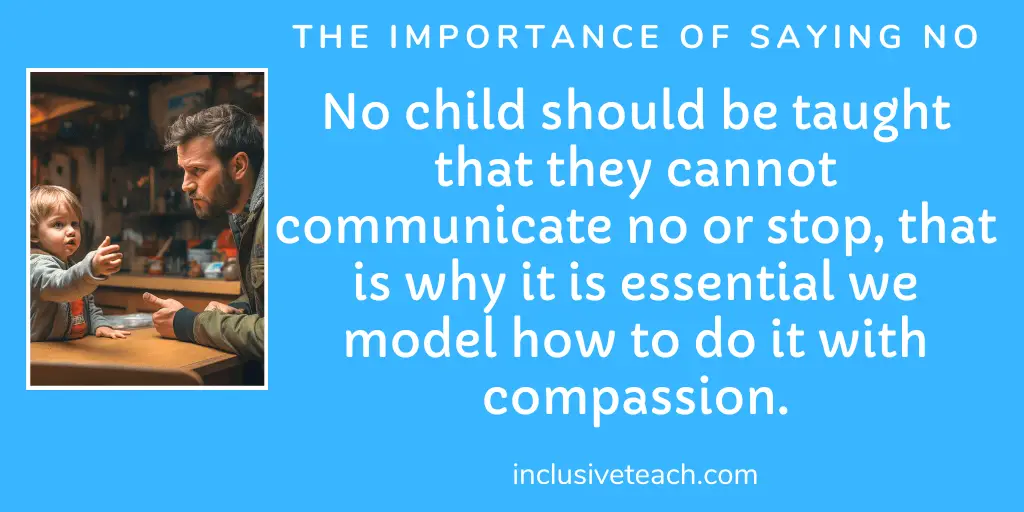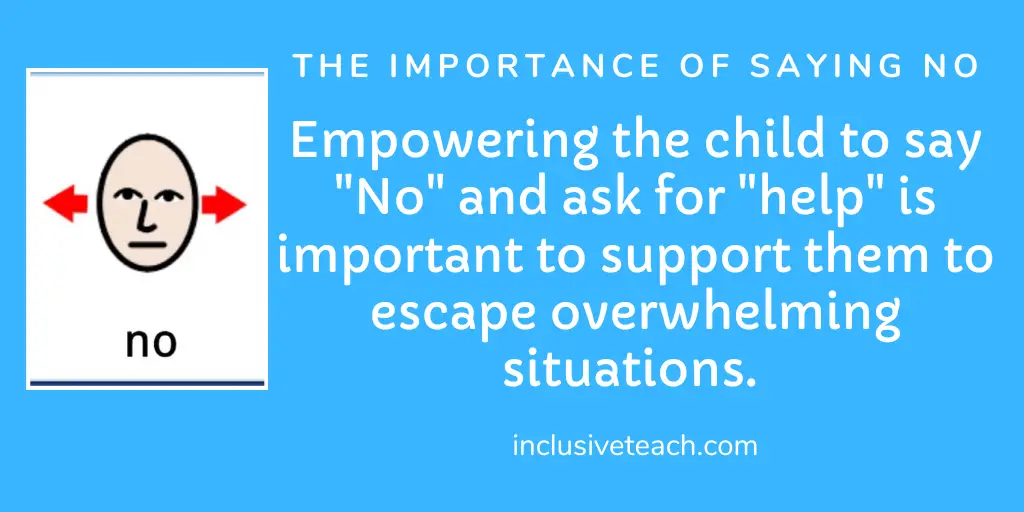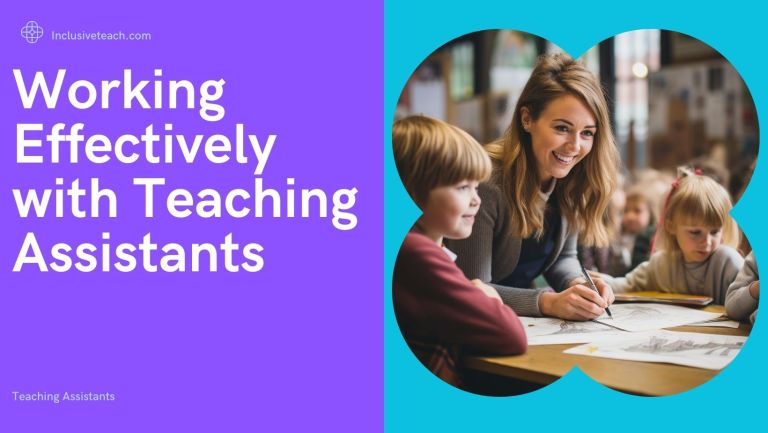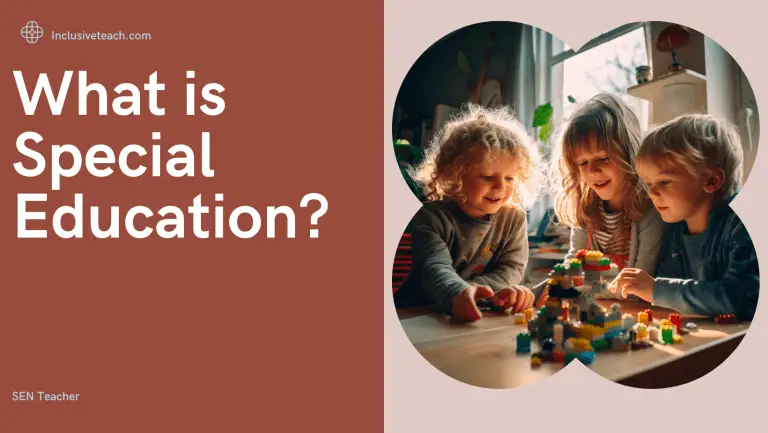The Importance of Saying No To Your Children
Saying No To Children: Validating a Child’s Feelings While Setting Boundaries
One of the most critical aspects of a child’s emotional development is learning to set boundaries. Saying “no” to your child is an essential part of this process. In this article, we will discuss the importance of saying no, how it can validate a child’s feelings, and provide practical tips for parents and teachers to effectively communicate boundaries while nurturing the emotional well-being of the child. Sometimes in life you have to wait your turn or just can’t do things.
I believe that we have the responsibility to teach every child to say no. In behaviour training I always say we do not want a culture of demanding compliance from any child. No child with SEN should be taught that they cannot communicate no or stop, that is why it is essential we model how to do it with compassion.

Why It’s Important to Say No
- Developing a Sense of Security: Children need boundaries to feel secure in their environment. Saying no provides a clear understanding of what is acceptable and unacceptable behaviour, which helps children learn to function within these limits and develop a sense of safety and predictability. And yes, we need to be flexible and sensitive to a child’s needs.
- Teaching Self-Discipline: When adults say no to children, they are teaching children the value of self-discipline. This skill allows children to control their impulses and make decisions that align with their values and priorities.
- Promoting Emotional Resilience: Saying no helps children develop emotional resilience by teaching them that they can cope with disappointment, frustration, and delayed gratification. This ability is essential for navigating life’s challenges and building a strong sense of self-worth.
- Encouraging Independence: By setting boundaries, we empower children to become independent thinkers who can make sound decisions based on their understanding of the world and their place in it.
How Do I Validate a Child’s Feelings While Saying No?
Acknowledge Their Emotions
We must acknowledge the importance of saying no to your child, when we do it’s essential to validate their feelings and show empathy. You can do this by acknowledging their emotions, such as:
- “I understand that you’re upset because you can’t have candy before dinner.”
- “I see that you’re disappointed that we can’t go to the park today.”
By validating their emotions, you’re teaching the child that it’s okay to feel and express their emotions, even when faced with disappointment.
Offer an Explanation
Providing a clear reason for saying no can help children understand the rationale behind the decision and feel more secure in the boundaries being set:
- “You can’t have candy before dinner because it’s important to eat a balanced meal first to stay healthy.”
- “We can’t go to the park today because it’s raining, and it’s not safe to play outside in this weather.”
Provide an Alternative
When appropriate, offer an alternative to the request you’re denying. This helps children feel heard and understood, while still maintaining the boundary:
- “Instead of having ice cream now, you can choose a healthy snack and save the ice cream for after dinner.”
- “Since we can’t go to the park today, how about we play a board game or watch a movie together?”
Praise Acceptance and Move Forward with a Positive
When children accept the boundary and respond appropriately, it’s essential to reinforce their positive behaviour through praise and encouragement:
- “I’m proud of you for choosing to have the raisins and waiting for pudding until after dinner.”
- “Thank you for understanding why we can’t go to the park today. We can find a fun activity to do indoors.”
Why Adults need to Model “Saying No”
Keep it positive, No doesn’t have to be negative! Often the children do not know how to communicate the need to escape, or people are not listening to them. They become overwhelmed, panic, and ‘fight or flight” sets in. This intense behavior often reduces once the children develop speech or other forms of communication. Until the child becomes old enough to advocate for themselves, we need to be their voice. Once the children knows you will, when possible, honour their requests and when you say no there is a good reason they do become more accepting.

Empowering the child to say “No” and ask for “help” is important to support them to escape overwhelming situations. We must respect the child’s protests and listen to how they communicate. Ignoring their pleas or forcing compliance can lead to self-injurious behaviour as a way to cope. This way, we create an environment where the child feels safe, accepted, and competent.
Saying no is a crucial part of a child’s emotional development, as it helps them learn about boundaries, self-discipline, emotional resilience, and self-advocacy. By validating their feelings, providing an explanation, offering alternatives, and reinforcing positive behavior, parents and teachers can effectively set limits while nurturing the child’s emotional well-being.






